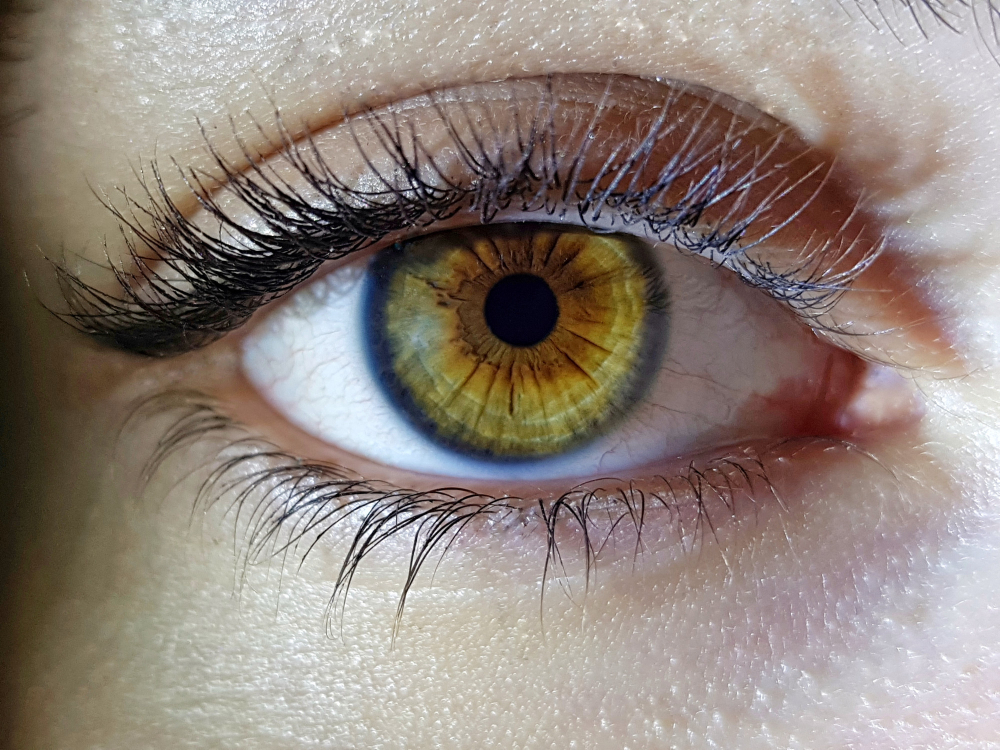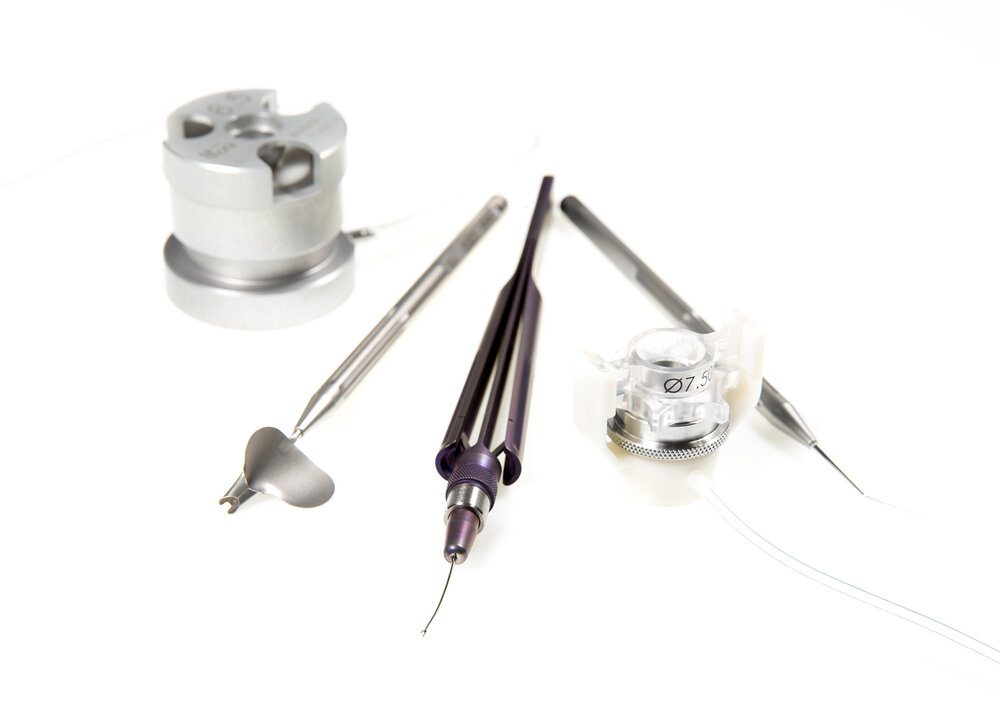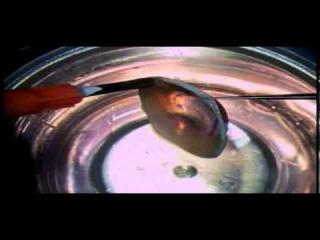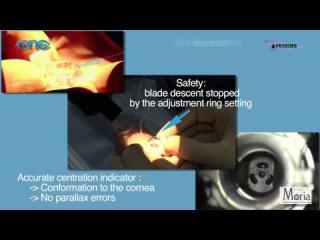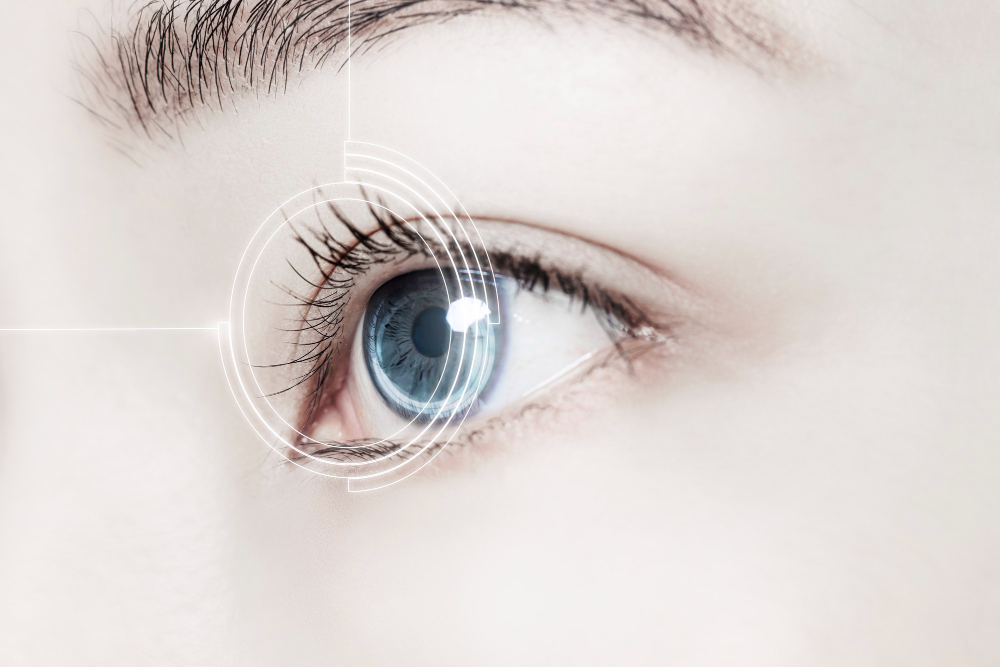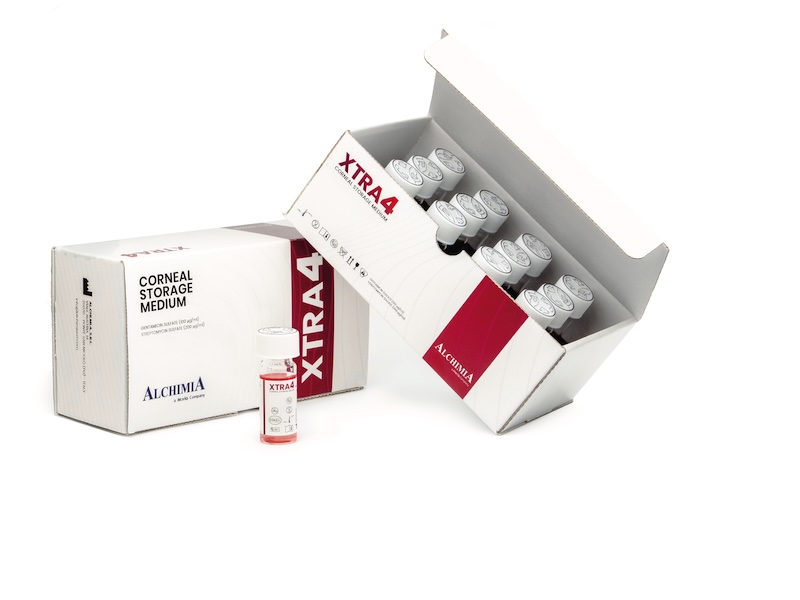Why is corneal transplant performed ?
Keratoplasty is performed to repair a damaged cornea due to several reasons :
- Pseudophakic bullous keratopathy : it occurs in 1 to 2% of cataract surgeries, because of cell loss and endothelial decompensation through trauma during the intervention. The most common symptoms of this disease are tearing eyes, and pain due to ruptured epithelial bullae.
- Keratoconus : although it is more common among the elderly, keratoconus can occur for genetic reasons or after cataract surgery, causing a scarred cornea. The disabling symptoms include eye sensitivity to light, blurring vision, strong pain, the sensation of a foreign object in the eye and a decreased vision.
- Infectious keratitis : it is a cornea inflammation that can be caused by a virus or a bacteria. Antibiotics, steroids, anticollagenes and topical treatments are the most common treatments for infectious keratitis. However, in case of a damaged cornea, keratoplasty is often performed.
- Fuchs dystrophy or hereditary dystrophies : this condition is characterized by the failure of the pump cells lining the back surface of the cornea, making it absorbs water. It generally causes pain and blurry vision.
- Post-traumatic scar tissue : trauma-related cornea scarring is a common issue occurring after an accident. It can be easily treated with keratoplasty.
After a cornea transplant
The patient must respect the prescriptions of the doctor, otherwise the graft can be rejected and other serious complications may occur.
The medical treatment can cause side effects such as glaucoma, cataracts, and even ophthalmic herpes. For this reason, the doctors carry out a rigorous and permanent follow-up after any kind of surgical intervention.
On the other hand, the ophthalmologist must be informed urgently if any adverse effect appears such as pain, headaches or reduced visual acuity. This will allow the doctor to readjust the treatment as quickly as possible and to make sure that there is no cornea rejection.
Instructions to follow after a keratoplasty
Following a cornea transplant, some instructions must be respected to protect the eyes :
- wear sunglasses to avoid any injury to the operated eye
- avoid touching the operated eye.
During the first month after the surgery, you will also have to :
- avoid lifting heavy objects
- avoid tilting your head forward for too long
- avoid any violent physical exercise
- do not rub your eyes and squeeze your eyelids.
What results should be expected after a keratoplasty ?
The healing process may vary from one individual to another. In fact, the recovery of a functional vision depends on the type of keratoplasty, varying between 1 month up to 12 months or more after the surgery although some people can recover their vision in the early postoperative time.
The first sutures should be removed by the surgeon from the cornea a few weeks after the procedure. However, after a few months, all sutures will need to be removed to help relieve astigmatism once the cornea begins to show signs of good healing.
